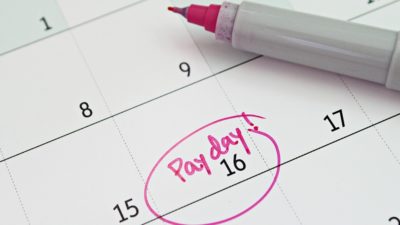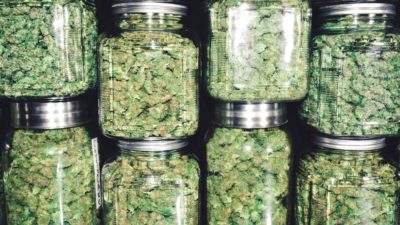You spot a company with a particularly attractive dividend yield considerably higher than the interest rate that the bank is offering and also higher than available from other listed dividend payers. Should you make the investment?
What you see may not be what you get
Dividend yields are normally quoted as the dividends paid by a particular company over the previous 12-month period divided by the current stock price. Unfortunately, historic dividend yields have no bearing on future dividend payments.
Further work is therefore required to understand whether the historic dividend payments will be repeated in the future. Below we offer some perspective on what constitutes a high-quality dividend paying company – what we like to call a dividend champion.
Identifying a champ
1. A track record of consistent and growing dividend payments: Does the company have a history of consistent and growing dividend payments over time? Look for a history of at least five years, but preferably much longer. If the company has missed or lowered a payment, be sure to read the financial statements for that period to understand why.
2. A rock-solid balance sheet: Does the company carry high levels of debt? If so, that could inhibit its ability to pay future dividends. This could be the result of limitations placed on the company by lenders or a higher interest burden in a rising interest-rate environment. Look for companies with a debt-to-equity ratio of less than 50% (ideally with a net cash balance) and an interest cover of more than 3.0 times.
3. A pay-out ratio that leaves room for unforeseen events: The business and financial market environment moves quickly and even the best designed business strategies can unravel, leaving dividend payments at risk. We want to invest in companies that leave considerable room for error when times get tough. The cyclicality of the company’s revenue plays a role, but we would be looking for pay-out ratios of less than 70% as a general rule. We define the pay-out ratio as the total dividend paid divided by the free cash flow.
3 potential dividend champions
The following three companies all have excellent track records of consistent and growing dividend payments. The Coca-Cola Company (NYSE:KO) boasts decades of consistent and growing payments. Tim Hortons (TSX:THI) started paying dividends eight years ago and has not missed a beat. Thomson Reuters (TSX:TRI) also has a long record of dividend payments but exhibited slow growth over the past five years, which probably reflects some deterioration of the underlying business fundamentals.
All three companies have strong balance sheets and interest payments are covered multiple times. The pay-out ratios are relatively low, leaving ample protection for dividend payments should profits come under pressure.
All three meet the basic requirements. However, bought at an inflated price, even a dividend champion may not provide an acceptable investment return. We therefore have to consider future growth as well as the potential for capital appreciation (or depreciation) to determine the expected total return on the investment.
Digging down deeper
Coca-Cola is currently trading at a historical dividend yield of 2.8%. This is better than the 2.2% dividend yield of the S&P 500, and compares favourably with the current 2.87% yield to maturity on a 10-year US government bond.
We expect the company to continue to grow its profits and dividends roughly in line with the historical average (5-10% per year). An investment in this high-quality dividend champion should provide a reasonable (and growing) initial yield with the potential for capital growth over time.
Tim Hortons has a relatively low historical dividend yield of 1.7% but a strong dividend growth trajectory with ample room to increase the pay-out ratio. However, the stock looks expensive and we would wait for a higher initial yield of at least 2.0% (corresponding share price around C$51) before we would be interested in investing.
Thomson Reuters has a current dividend yield of 3.2%, slightly below its five-year historical average, but it compares favourably with the Canadian government 10-year bond yield of 2.59%. The initial yield (based on an investment at the current price) also has the potential for growth as the company profits and dividends increase over time.
However, the company is currently going through some internal reorganisation and the market will be watching the next results announcement (expected on 12 February) closely to see what progress has been made. Any price weakness may result in an interesting buying opportunity.







